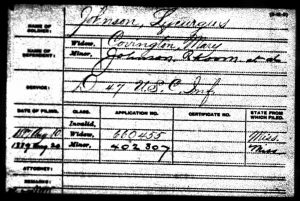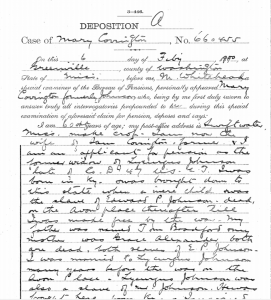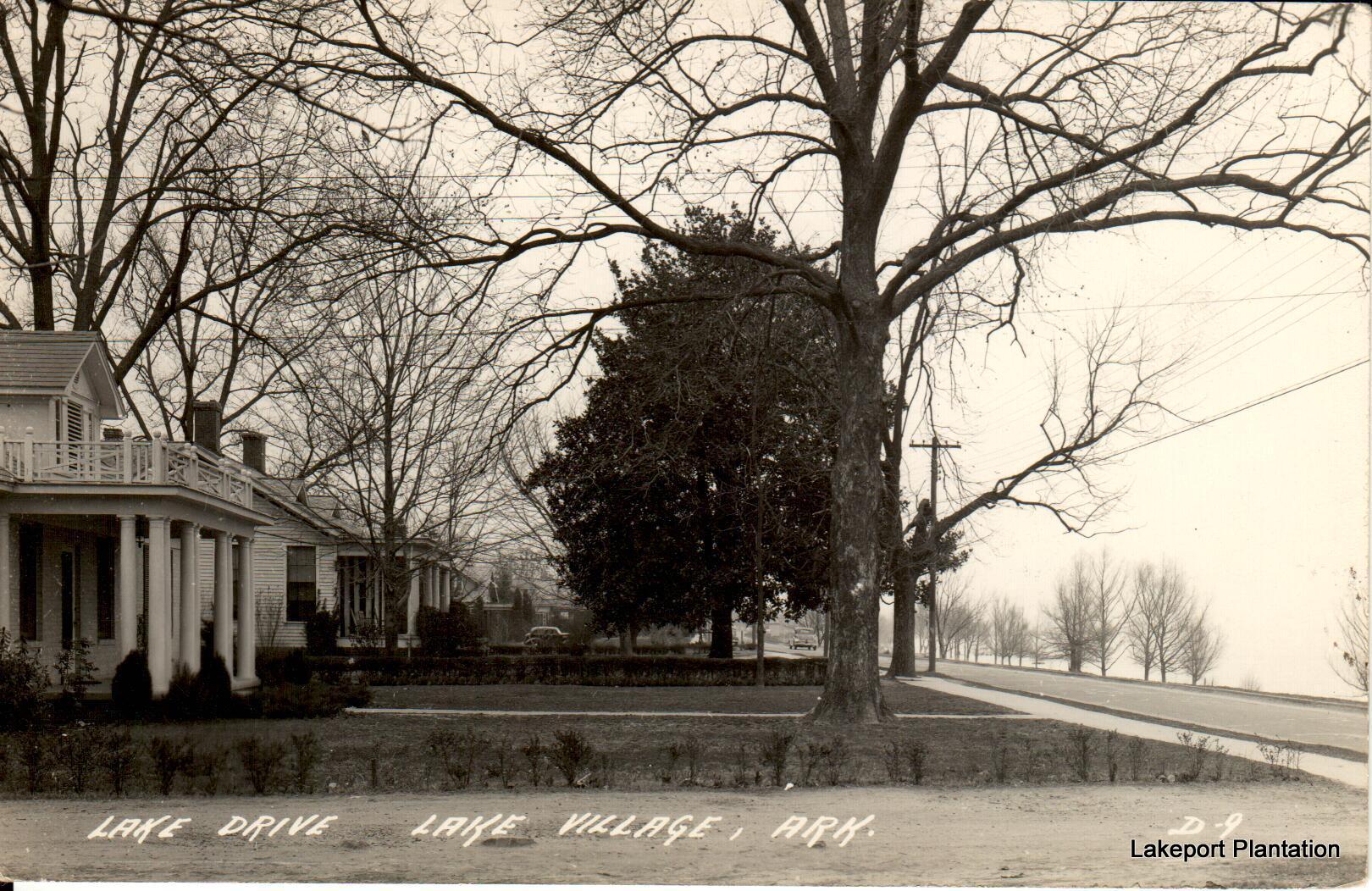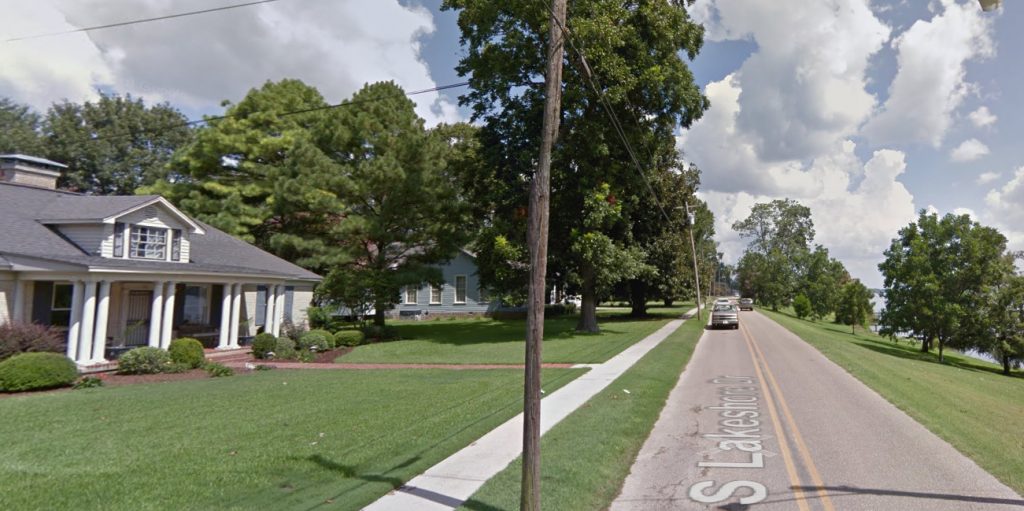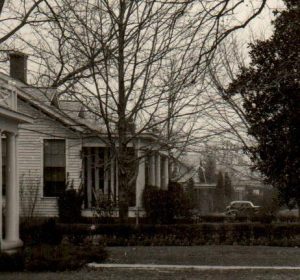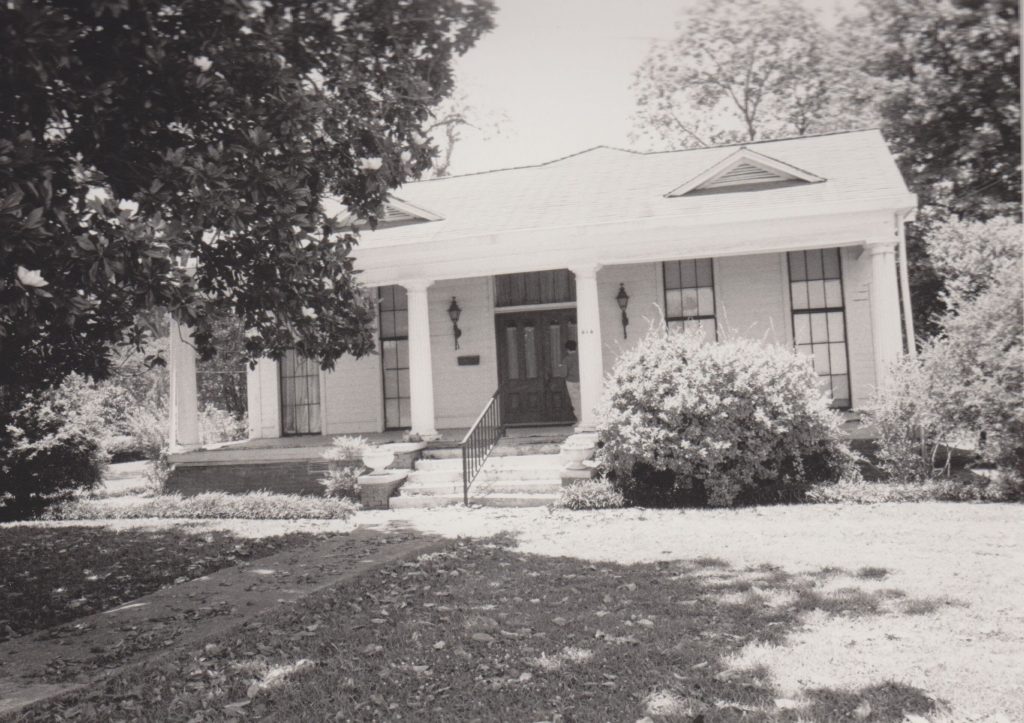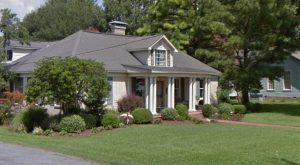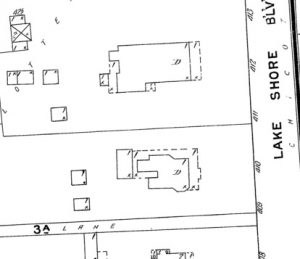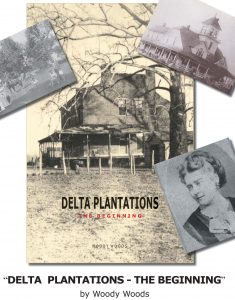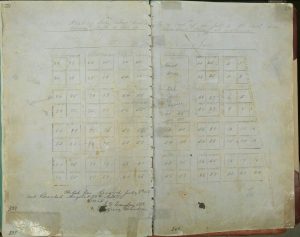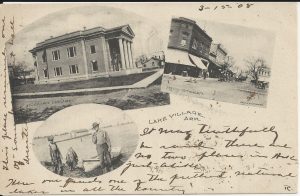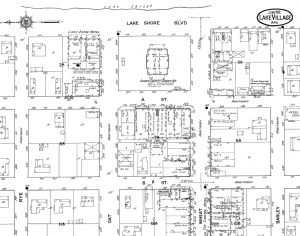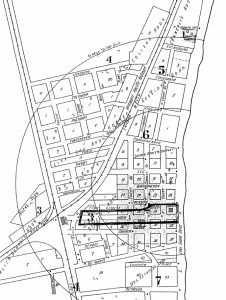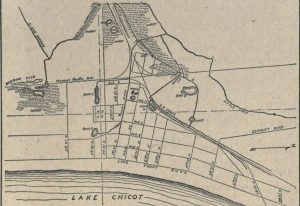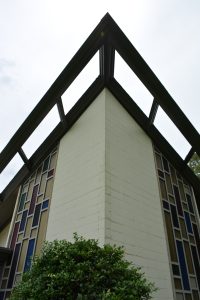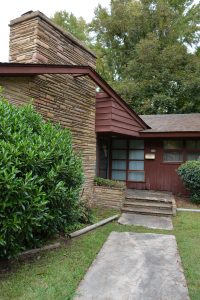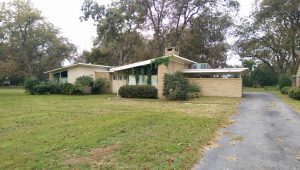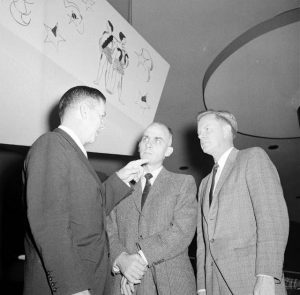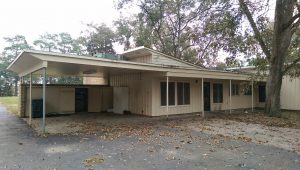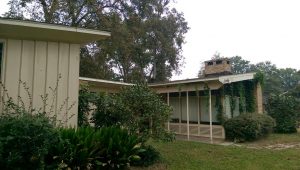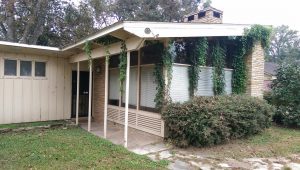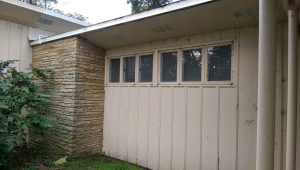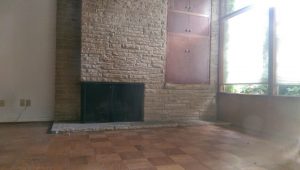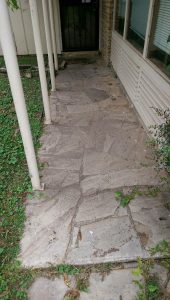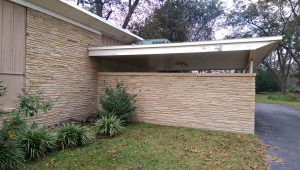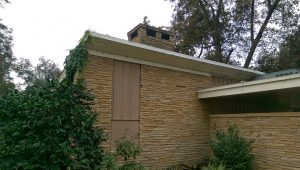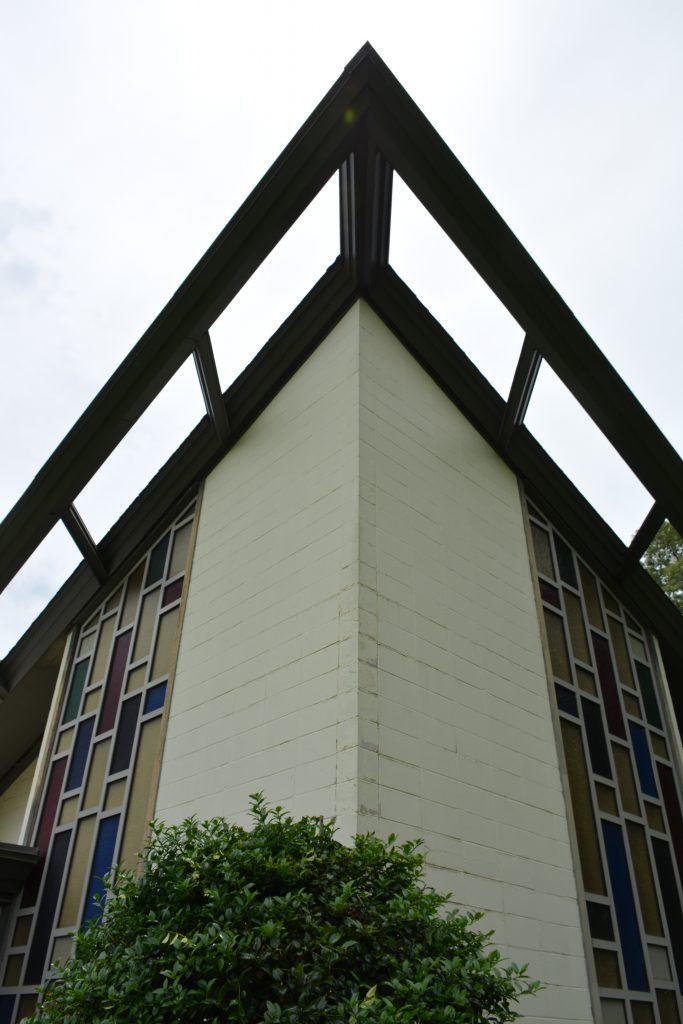Adolph Meyer arrives at Grand Lake in 1867
Adoph Meyer, an early Jewish merchant in the Grand Lake/Eudora area, recounted his 1867 arrival to Grand Lake in a 1925 Arkansas Gazette article:
Adolph Meyer of Eudora, one of Chicot county’s well known business men, opened a business at Grand Lake in the year 1867. The old pioneer tells of the great Mississippi Delta, when the river was the only artery of transportation and before the era of levees, reminiscent of the earlier days in this section.
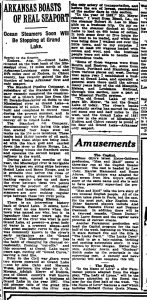
“Arkansas Boasts of Real Seaport: Ocean Steamers Soon will be Stopping at Grand Lake,” Arkansas Gazette, August 16, 1925.
In the year of 1867…I went from Bizell [sic], La. on the steamer Robert E. Lee to Memphis on a business trip. On my return the steamer docked at Grand Lake to load on 600 bales of cotton. It took some four or five hours for the boat to be loaded, and while this was being done I walked out over the little town, and to my surprise I saw at least 100 wagons loaded with cotton and wool, and the business people were not able to handle his tremendous trade.
Some of these wagons were from Bonita and Bastrop, La., some from Wilmont, Portland and Hamburg, and from various places out west. During that same year I established a business at Grand Lake, and operated a general store there until the advent may years later of the old Memphis, Helena and Louisiana Railroad through this section, now part of the Missouri Pacific system.
The old grand Lake of 1867…is not the Grand Lake of today. The river’s banks constantly caving has moved its channel some one and half miles to the west and the Grand Lake of 1867 is not in the state of Mississippi.
According to Goodspeed’s Biographical and Historical Memoirs of Southern Arkansas (1890) and other sources, Adolph Meyer was born the son of Jacob and Sarah Meyer in Germany near Frankfurt in 1848. He and his brothers emigrated from Germany– likely in the mid-1860s–perhaps just after the Civil War. Meyer made stops in New York City and Louisiana, before arriving at Grand Lake in 1867. He married Carrie Pfeipher of New Orleans in 1875. His first store on Grand Lake was at Bernard, but was moved in 1886 to Cariola [Carrieola] Landing. Cariola was named for his wife and Eola Ford, spouse of his business partner, Judge Peter. H. Ford. The business moved again in 1905 to Eudora (or Readland in some sources) with the coming of the railroad that year.
Adolph Meyer died on March 31, 1929 in St. Louis, Missouri. Carrie died almost a year later in St. Louis on March 27, 1930. Both are buried in New Mt. Sinai Cemetery in St. Louis.
1929_00013732 1930_00011398Sources:
“Arkansas Boasts of Real Seaport: Ocean Steamers Soon will be Stopping at Grand Lake,” Arkansas Gazette, August 16, 1925.
Biographical and Historical Memoirs of Southern Arkansas. Chicago: Goodspeed Publishing Co., 1890, pgs. 1080-83.
Cashion, Elbert Thomas, Sr. A History of Eudora, Arkansas, Chicot County. Eudora: 1937, n.p.
“Reynold Herbert Meyer,” clipping in private collection of Carrol Meyer, source unknown, n.d. [ca 1935].
“Missouri Death Certificates, 1910-1965.” Online database. https://s1.sos.mo.gov/records/Archives/ArchivesMvc/DeathCertificates: 2017.
Will Record Book D, Chicot County Courthouse, pgs. 566-575.
Wintory, Blake. Images of America: Chicot County. Charleston, SC: Arcadia, 2015, pg. 93.


